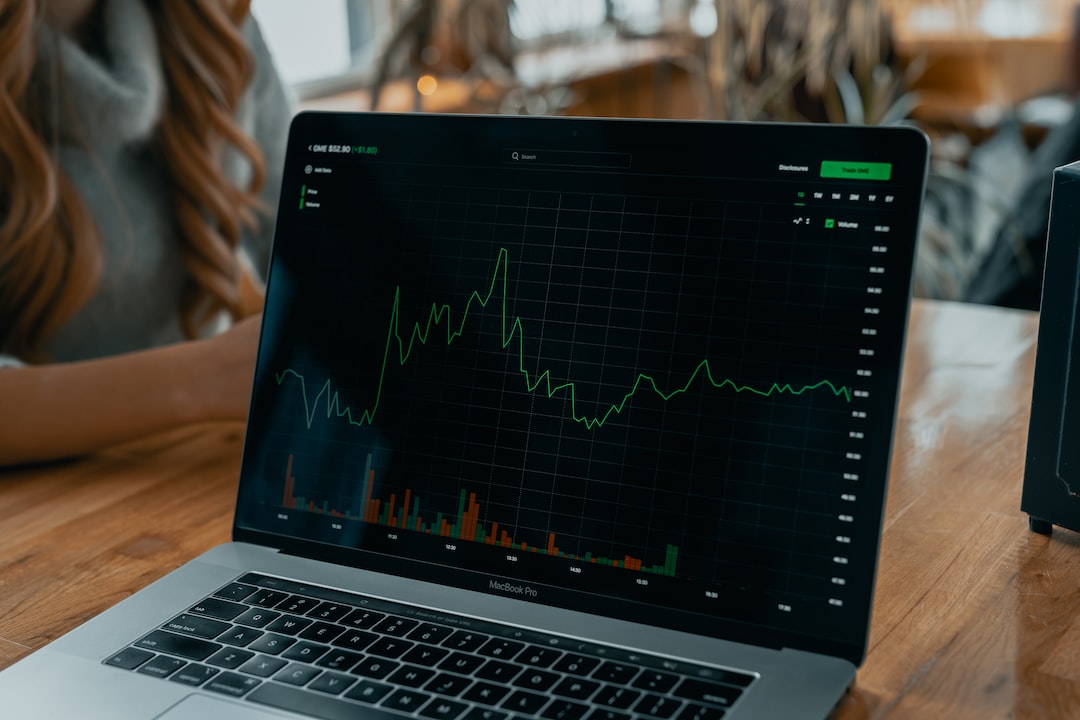Forex trading involves buying and selling currencies in the global foreign exchange market. It is a highly volatile and unpredictable market, and traders use various tools and strategies to maximize their profits and minimize risks. One of the most important concepts in forex trading is the amount per pips, which refers to the value of a single pip movement in a currency pair. In this article, we will explain what amount per pips means in forex and how it is calculated.
What is a pip?
Before we dive into the concept of amount per pips, we need to understand what a pip is. Pip stands for “percentage in point” or “price interest point. It is the smallest unit of price movement in a currency pair. In most currency pairs, pip is represented as the fourth decimal point. For example, if the EUR/USD currency pair is trading at 1.1234 and it moves to 1.1235, it has moved one pip.
However, some currency pairs have different pip values. For example, in the USD/JPY currency pair, pip is represented as the second decimal point. So, if the USD/JPY currency pair is trading at 109.45 and it moves to 109.46, it has moved one pip.
What is amount per pips?
Amount per pips refers to the monetary value of a single pip movement in a currency pair. It is the amount that a trader will gain or lose for every single pip movement in a currency pair. To calculate the amount per pips, traders need to know the lot size, the currency pair, and the exchange rate.
Lot size refers to the number of units of a currency that a trader is buying or selling. In forex trading, there are three main types of lot sizes: standard lot, mini lot, and micro lot. A standard lot is 100,000 units of the base currency, a mini lot is 10,000 units of the base currency, and a micro lot is 1,000 units of the base currency.
For example, if a trader buys a standard lot of EUR/USD at 1.1234, the total value of the trade is $112,340 ($1,000 x 100,000). If the price of EUR/USD moves from 1.1234 to 1.1235, it has moved one pip. If the trader has a long position, they will gain $10 ($1 x 10,000) for every pip movement. If the trader has a short position, they will lose $10 for every pip movement.
How to calculate amount per pips?
To calculate the amount per pips, traders need to use the following formula:
Amount per pips = (Trade size x pip value) / exchange rate
Let’s take an example to understand this formula better. Suppose a trader buys 1 standard lot of EUR/USD at 1.1234, and the exchange rate is 1.1235. The pip value for EUR/USD is $10 for a standard lot, and the trade size is 100,000 units. Using the formula, the amount per pips will be:
Amount per pips = (100,000 x $10) / 1.1235
Amount per pips = $8.90
So, for every pip movement in the EUR/USD currency pair, the trader will gain or lose $8.90.
Why is amount per pips important?
Amount per pips is an essential concept in forex trading because it helps traders to calculate their potential profits and losses before entering a trade. By knowing the amount per pips, traders can set their stop-loss and take-profit orders accordingly. They can also calculate their risk-reward ratio and make informed trading decisions.
Moreover, amount per pips can vary depending on the currency pair, the lot size, and the exchange rate. Traders need to be aware of these variations and adjust their trading strategies accordingly. For example, if a trader is trading in a currency pair with a high pip value, they need to be careful and use smaller lot sizes to minimize their risks.
Conclusion
Amount per pips is a crucial concept in forex trading that refers to the monetary value of a single pip movement in a currency pair. It helps traders to calculate their potential profits and losses and make informed trading decisions. By understanding how to calculate the amount per pips, traders can manage their risks and maximize their profits in the volatile and unpredictable forex market.






